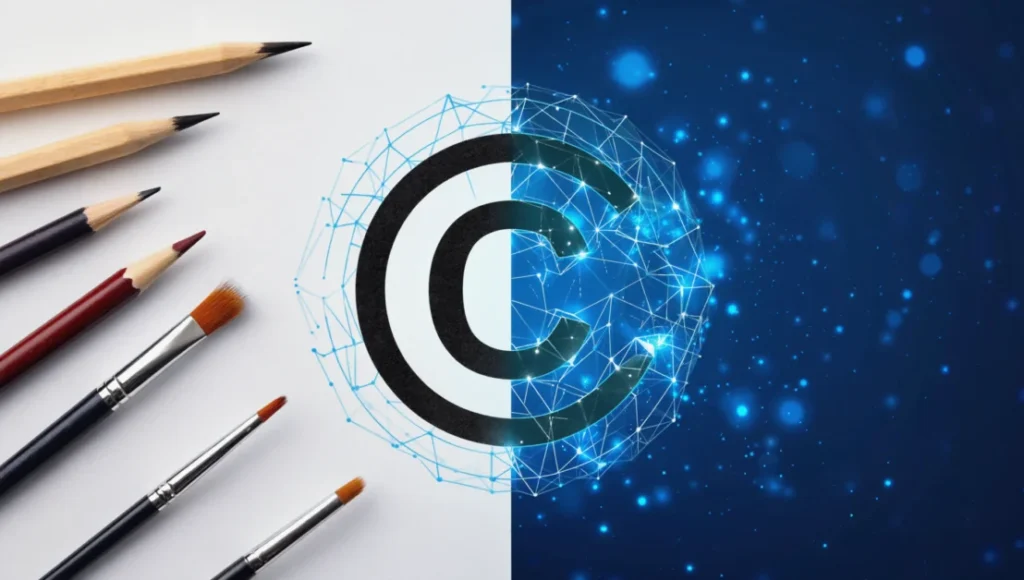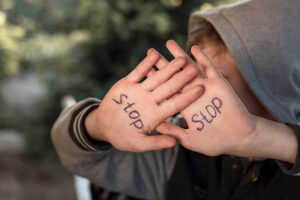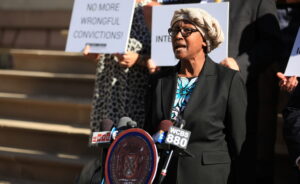
In January, the US Copyright Office issued the much-anticipated guidance on the hottest topic within the world of intellectual property: Copyright and Artificial Intelligence, Part 2: Copyrightability. This represents some of the most relevant guidance from the Copyright Office since its rejection of the copyright for the comic book that released the Kraken in forcing the office to rule on the copyrightability of generative AI, Zarya of the Dawn.
The biggest takeaways from this report are that existing law is sufficient to address the issues of copyrightability of generative AI without additional legislation; the use of AI to assist rather than stand in for human creativity does not affect the availability of copyright protection for the output; whether human contributions to generative AI outputs are sufficient to qualify for copyright protection must be analyzed on a case-by-case basis; prompts alone are not sufficient human authorship to qualify for copyright; authors are entitled to copyright in their works that are perceptible in outputs; and selection, coordination, or arrangement of material in the outputs and creative modifications of the outputs qualify for copyright protection.
So, what does this mean in plain English?
In the opinion of the US Copyright Office, current laws like the Copyright Act of 1976 and interpretations of copyright law from caselaw are enough guidance for the US Copyright Office to take positions on the copyrightability of any particular work currently. The copyrightability of these works will be judged on a case-by-case basis based on how much human authorship is involved in the final product. There is not a hard line drawn on how much human input is required generally, however, one line they did draw is that a prompt alone will not be sufficient to grant a copyright in the output.
Similar to derivatives in general, the Copyright Office will consider modifications of outputs that would not in and of themselves qualify for copyright protection. Additionally, arrangement and selection will be considered for copyright protection. This is similar to collages, as well as the arrangement of facts, such as how a phone book does not have many particularly creative elements that would allow it to qualify for copyright protection, but the arrangement of the names, addresses, and phone numbers allows it to qualify for a copyright for the manner in which the information is arranged.
As in most intellectual property law, there aren’t a lot of hard boundaries that are drawn, as reducing concepts like copyrightability and fair use to a more mathematical calculation would stifle individual expression – this is one reason why the favorite expression of copyright and trademark attorneys is “it depends.”
This can be seen in the rather vague guidance that has often been given by the courts in interpreting whether a work that incorporates the work of another is copyright infringement by going through the fair use analysis, which takes into account nebulous concepts like how important the amount taken was to the original work – for example, you could arguably take most of another work so long as that is not the most original portion, i.e. if you take large parts of another work that are mostly unoriginal tropes, this could be safer than taking smaller portions of a work that are original, core concepts of another author (however, this will depend upon the perspective of the individual making the judgment, and the degree of “tropyness” or originality of the material taken).
So far, a summary of the perspective of the US Copyright Office is that AI can be used either as a stand-in for human creativity or as a tool to assist in human creativity, depending on how much human creativity actually goes into the mix. The assistive use of AI in a work does not disqualify it from copyright protection, but the output that it generates does not necessarily qualify for copyright protection in and of itself, and a prompt alone is not enough.
As an intellectual property attorney, none of this is surprising – it actually follows the reasoning of the Supreme Court in Burrow-Giles Lithographic Co. v. Sarony, which has been guiding judgments of copyrightability when automated processes are utilized since the 1800s. In this case, the Supremes addressed whether photographs, which go through an automated mechanical and chemical process from the clicking of the shutter until the production of the image, qualify for copyright. They decided that, due to the degree of human creativity that goes into setting up the photo, photographers qualify for a copyright in their photographs. This was further elaborated on in a case in the 9th Circuit in Naruto v. Slater, where a photographer left his camera out, a monkey took a selfie with it, and the photographer, who did not have input into the photo, was unable to claim a copyright in the photo (and neither was the monkey, as copyrights are only available to humans).
Another pressing issue (and one important enough to be discussed separately from the others) is of authors being entitled to a finding of copyrightability in their works that are perceptible in AI-generated outputs. For example, for generated images, these can often include an image that is created by an artist and then modified by an AI into a new image based on the artist’s input. In the guidance, the Copyright Office used the case of an outline that was then expanded upon, specifically, a two-dimensional outline of a mask and flowers that were processed by an AI, producing a three-dimensional image from the sketch that includes smoother lines, shading, and colors (essentially a far better, more detailed image), albeit with the original elements of the sketch perceptible in the output – this is not far removed from the Andy Warhol Foundation for the Visual Arts v. Goldsmith in which Goldsmith, a photographer who photographed Prince, successfully sued for copyright infringement after Andy Warhol used the outline of Prince’s face from her photograph to make a silkscreen painting.
In the Copyright Office’s example, the original sketch qualified for copyright protection and, as the human input of this copyrightable work was perceptible in the output, they are the author of that portion of the output analogous to their own, perceptible work being protected by copyright in a derivative work. Should someone copy the portion of the output that includes the human artist’s contribution, specifically the outline that was expanded upon in their example, this would likely be copyright infringement.
While this is still being fleshed out, an example of infringing upon the original author’s work by utilizing the portion of the derivative that incorporated the original work the derivative was made from could include taking the version of Bart Simpson used in the 90s Butterfinger ads.
Much like the sketch being protected, Bart Simpson would likely (again, copyright attorneys’ favorite expression is “it depends”) be protected by copyright as being owned by the rightsholder to The Simpsons, even if the derivative work of the Butterfinger ads used Bart Simpson and you are specifically using the Bart Simpson from the Butterfinger ads as opposed to the Bart Simpson taken specifically from The Simpsons.
So, if you took a Butterfinger being broken in half from the Butterfinger ad that doesn’t include any perceivable element from The Simpsons tv show, you would be safe from The Simpsons’ rightsholder (though not necessarily from the owner of the copyright of the ad). Similarly, if you took part of a work generated by AI in which you could not perceive the work created by a human as the input, that portion cannot be copyrighted, and you should be safe from copyright infringement from the artist that created the prompt under current Copyright Office guidance.
However, even if you took Bart in a pose in the Butterfinger ad that he never struck in The Simpsons tv show and could (somehow) honestly say that you specifically ripped that from the Butterfinger ad and had never even seen The Simpsons, it is still the intellectual property of The Simpsons rightsholder, and the rightsholder could likely win a copyright infringement lawsuit.
Keep in mind, there is still a lot of nuance there, i.e. when Cracked magazine had Bart Simpson with cavities in a parody of the Butterfinger ad explaining that he wished someone stole his Butterfinger before he ate enough of them to require dental surgery – this would have still (mostly likely) been copyright infringement, albeit infringement (most likely) protected by parody under fair use. Again, “it depends.”
If all of this seems confusing, don’t worry – the attorneys are still quite confused themselves.
Sources
Ryan Campbell, Esq wrote this Op-Ed





